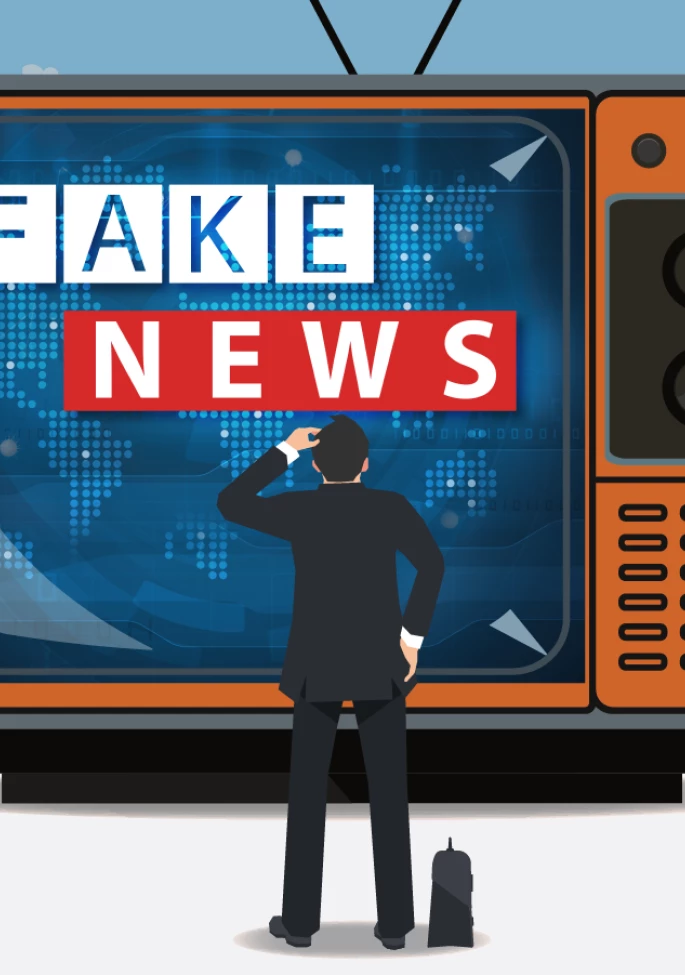While the process of limiting the damage of bad company documents begins in voir dire (see Part 1), it does not end there. The strategy continues in trial, where the right preparations and themes can focus jurors’ attention back on context and causation.
Contextualize the Document
Unfortunately, jurors tend to read company documents at face value, or worse, using the plaintiff attorney’s interpretation—particularly when a company does not present a witness with personal knowledge of the documents to explain them. The inability of a company witness to provide context for bad documents is often perceived by jurors as an admission of guilt.
Though we realize there are pros and cons to presenting company witnesses to discuss documents, a thoroughly prepared representative can offer much-needed rebuttal and contextualization. Even if the witnesses are subjected to a difficult cross and rejected by strong plaintiff jurors, defense jurors will have an answer to the plaintiff’s claims of tacit admission of “guilt” and some additional ammunition for deliberations.
Thus, we suggest spending considerable time preparing these witnesses by reviewing the troublesome documents, as well as other documents within that timeframe that may shed light on the nature and context of the statement, including the general trends of the author of the document (e.g., pattern of speech). It is equally—if not more—important to investigate the chain of the document, such as cover letters, replies, or the letter that prompted it. For example, one of our clients spent trial after trial attempting to explain why an author of a company PowerPoint Presentation used a skull-and-crossbones symbol while discussing the product. Unfortunately, it was not until a later case that trial counsel discovered there had been an email sent by the author prior to sending the PowerPoint, explaining that the symbol was meant to caution employees against making errors—not that the product was dangerous, as the plaintiff attorney argued.
Corporate representatives should not only be prepared to discuss the company culture and its documents but should also go through extensive communications training to address issues that can damage credibility. There are many techniques that can be taught to witnesses to increase juror comprehension and recall of their testimony, as well as to enhance credibility. Likewise, other communication training techniques help minimize behaviors that tend to damage jurors’ perceptions of witnesses’ competence and credibility. For key company witnesses, we almost always recommend working with an outside consultant who has training in communications and jury psychology to help them effectively communicate their messages to the jury.
Focus on Causation
When there is especially egregious conduct, focusing on the lack of causation is essential. For example, in one case where an employee falsified a procedural handbook following a slip and fall at a hospital, we recommended counsel address the issue head-on, accept responsibility for the wrongdoing, and re-focus the jury on causation:
“You’re going to hear that some of the employees at the hospital were dishonest when it came to talking about the hospital’s policies and procedures after the plaintiff’s fall. They supplied some documents that were falsified. And we can all agree, that was very wrong. Even if they were trying to protect their jobs, it was wrong for those employees to do that, but it happened, and those employees now have to accept responsibility, fess up to the truth, and deal with the consequences from their employer. As upsetting as that may be, that did not cause the plaintiff to fall. That didn’t even happen until after the fall. This case is about what caused the plaintiff to trip and fall—it is not about what the employees did after the fact.”
Final Thoughts
A bad company document is not the be-all or end-all of a case. Indeed, we have had clients obtain defense verdicts even when company employees have written the most heinous or offensive remarks that surfaced in the litigation. Depending on the situation of your case, employing one or more of the techniques above can help mitigate the damage of a bad company document and re-focus jurors on the evidence that really matters—the evidence that proves your case.





